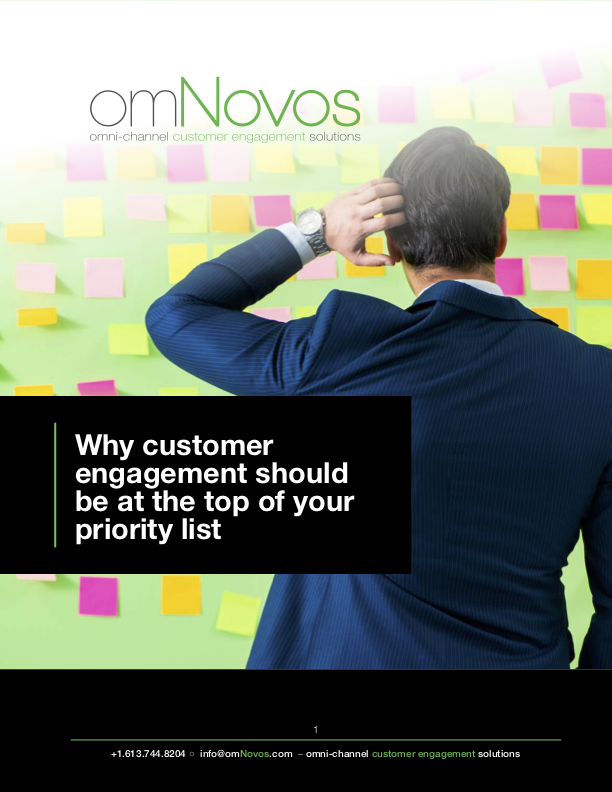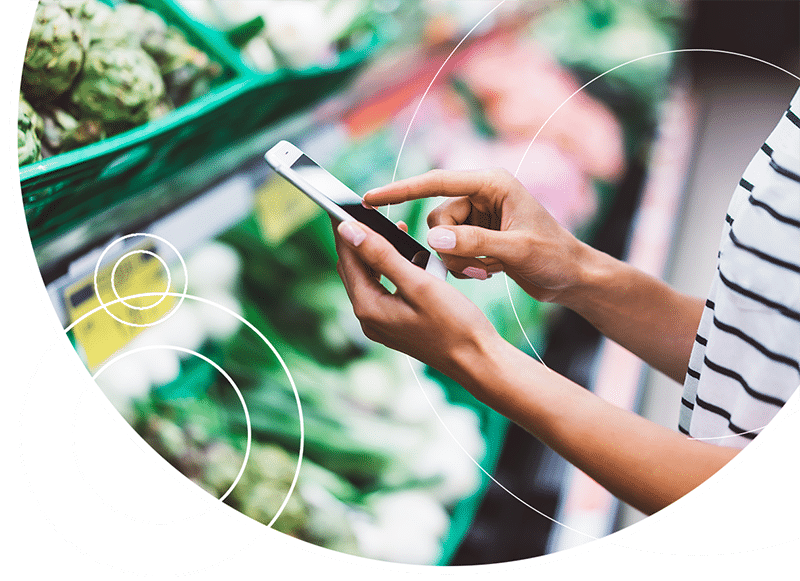In today’s highly competitive retail market, understanding the needs and desires of the customer has never been more important. After all, even the most loyal customers can go rogue when not presented with the experience that they now expect. And with the number of technological-driven options that shoppers now have at their fingertips, having the ability to present and maintain highly personalized experiences is what makes or breaks a relationship.
The first challenge that retailers face is that of marketing to a customer. Let’s face it, as a global society we have now gone from the “never market to me” attitude of the past, to the “you better market just to me” attitude of the present. This shift in customer desire is based on one single driving factor: data. Years ago—or at least the modern concept of “years ago,” meaning the last few decades—marketing consisted of semi-generic personas. It was a generalization of a person, their interests, lifestyle, and so on. This was the closest thing to “personalization” that anyone could achieve, but still far off the mark.
However, as more and more data was collected regarding actual individuals, and not just demographics or psychographics, these personas became virtually obsolete. The data collected not only taught marketers how to market better but, more importantly, it also taught people how they wanted to be marketed to. This is where the gap started to appear between what the retailer delivered as an experience, and what the customer expected the experience to be.
We’ve all been there. Aside from our daily work lives, we are like everyone else: customers of many businesses. And whether that’s your local coffee shop, restaurant, grocery store, clothing store, and more, we all want to feel that these businesses know us and treat us like individuals. And when they don’t meet a certain level of expectation, customer service, etc., we will most likely move on to a retailer that in essence “treats us better.”
So, how do we solve this challenge together? Like anything in our modern world, it first starts with data. Luckily, this isn’t something that is overly difficult to solve. What you simply need to do is implement what is known as a Customer Data Platform (CDP).
Also known as the “single source of truth,” a CDP is a software solution built for marketers (read: no database or data science skills required) with the primary purpose to unify, integrate, and manage all of your customer data—user profiles, activities, preferences, transactions, interactions, online or physical visits, and so much more—with a view towards creating a Single-User-Profile.
This is really the beginning of the magic: enabling you to see every customer as an individual and not just an email address, or someone from a certain location. This is where the gap begins to close. For instance, having a single source of truth that pertains to each customer leads to knowing the customer on a far more intimate basis. Think of it this way: in the old days, small businesses knew their customers by name, maybe their family’s names, and other details that made it highly personal. And now the same can be done again.
Then, of course, there is the engagement aspect—this is where the data really comes to life. By leveraging your CDP, customers not only can receive custom offers based on their data, but also they can interact with you by adding to their data. Imagine sending a personalized ad or offer in real time to someone based on their profile only. They can interact with the offer, as well as adding real-time feedback based on a particular want or desire. This is the very definition of hyper-personalization.
As an example, you are a grocer who sends out an ad for something as simple as a recipe list based on a person’s previous purchases; in this case, let’s say it was a recipe for a type of soup. In this recipe it calls for a certain spice. But the customer responds with a notification that they are allergic to that particular ingredient. The system (and you as the retailer) can add to the database, can react in real-time, and can avoid including that ingredient in future ads and offers. Now the gap really closes as this person has become “real” and not just another generic data file. This is what we call the Single-User-Profile.
Further to this step in the engagement process, you could have access to a multitude of other tools to further close the gap and form a real-time, in person relationship. For one, a concierge app for your in-store staff provided through a tablet or other mobile device could be implemented. This would enable team members to access a customer’s Single-User-Profile information to provide highly individualized service in person. They would know everything from purchase history, likes, dislikes, what type of offers work best, and even what allergies they may have.
Further to the concierge app, your customers could also interact with you through their own mobile app. This app could be a window to their own Single-User-Profile that would enable them to continually provide more detailed information, as well as enabling them to enjoy everything from scan-and-pay, to scan-and-learn.
No more waiting for or being afraid to ask an associate a simple question—the answer is at their fingertips. Simply scan the bar code and learn Pricing, Manufacturing or Product Details, Complementary Items, Available Offers, and more. Anything that can be quantified and what you want your customer to have access to can be made available.
And lastly—the final step in closing the gap—optimizing your data, your systems, your KPIs, and ultimately your business. Simply put, by having access to customer-centric data along with how your engagement and personalization efforts are performing, you can make highly informed decisions as to how to make your business even better. And, as we all know, the better a business meets the expectations of customers, the more loyal they become … and the gap virtually disappears.



